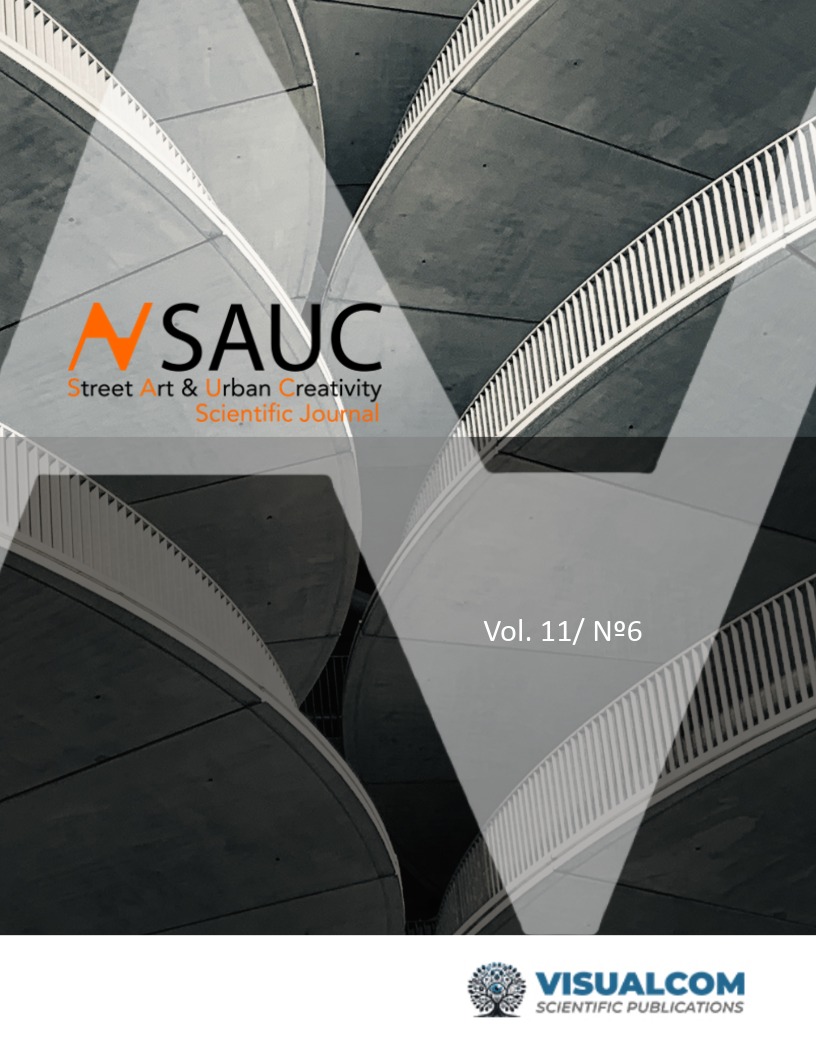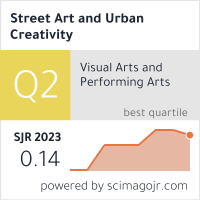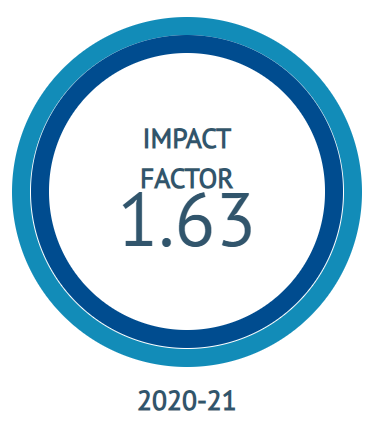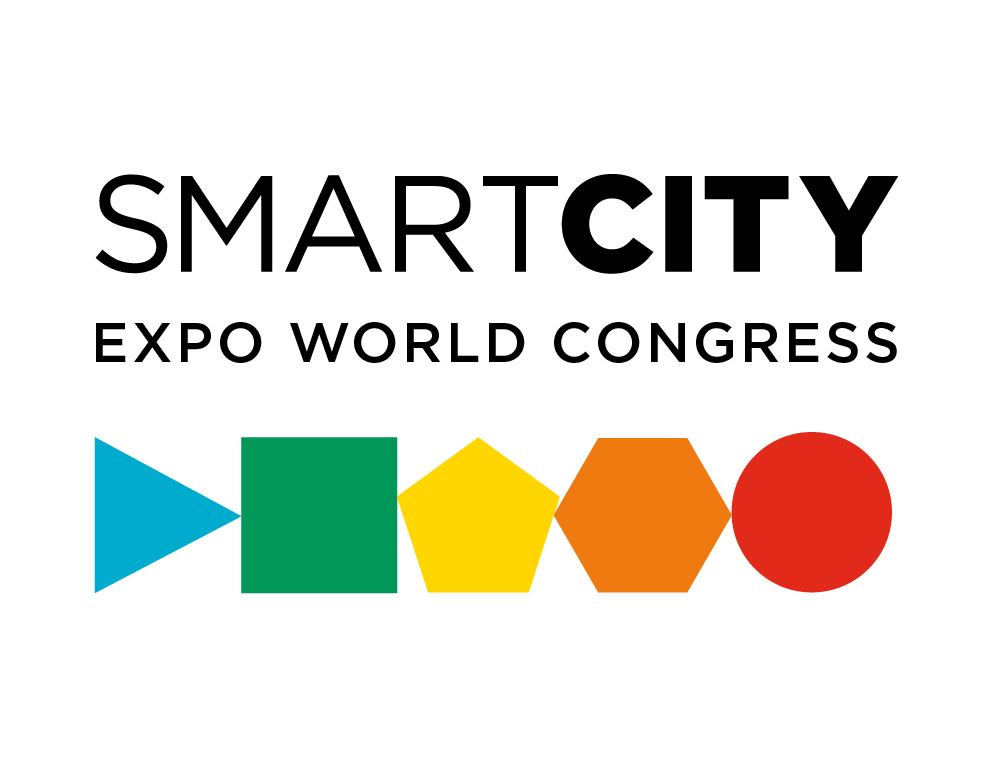Audiovisual tourism in rural Spain
The case of Soria and El pueblo (Telecinco/Amazon Prime, 2019-2023)
DOI:
https://doi.org/10.62161/sauc.v11.5850Keywords:
Rural tourism, Media tourism, Set jetting, TV fiction, Authenticity, Fan culture, Rural SpainAbstract
Rural tourism in Spain has grown significantly in recent decades, encouraging the implementation of innovative film tourism strategies that take advantage of the popularity of certain audiovisual productions to attract visitors to filming locations. This practice, known as set-jetting and already widespread in the Anglo-Saxon context, is less well known in Spain, where certain initiatives have just started to explore its potential. The proposed study, of a descriptive and exploratory nature, analyses the media tourism strategies employed around the television fiction El pueblo (Mediaset/Amazon, 2019-2023). In Valdelavilla (Soria), tourist routes have been promoted through the different filming locations of El pueblo, where you can visit the sets where the fiction was filmed. By observing this initiative and assessing its impact on the influx of tourists, this research aims to understand the characteristics of set-jetting in rural Spain.
Downloads
Global Statistics ℹ️
|
279
Views
|
146
Downloads
|
|
425
Total
|
|
References
Albornoz, L. A., García Leiva, M. T., & Gallo, P. (2024). Obra española en servicios de vídeo bajo demanda por suscripción. Edición 2024. Grupo de investigación Diversidad Audiovisual. https://diversidadaudiovisual.org/obra-espanola-en-servicios-de-video-bajo-demanda-por-suscripcion-2024/
Anderson, B. R. O. (1983). Imagined communities: Reflections on the origin and spread of nationalism. Verso.
Aranda, D. (2013). Teoría Fanática. En D. Aranda, A. Roig, & J. Sánchez Navarro (Eds.), Fanáticos: La cultura fan (pp. 15-40). Editorial UOC.
Araújo Vila, N., & Fráiz Brea, J. A. (2013). Las series audiovisuales como herramienta promocional de un destino turístico: El caso de España. Investigaciones Europeas de Dirección y Economía de la Empresa, 19(1), 8-15. https://doi.org/10.1016/j.iedee.2012.07.001
Beeton, S. (2016). Film-Induced Tourism. Multilingual Matters. https://doi.org/10.21832/9781845415853
Belhassen, Y., Caton, K., & Stewart, W. P. (2008). The search for authenticity in the pilgrim experience. Annals of Tourism Research, 35(3), 668-689. https://doi.org/10.1016/j.annals.2008.03.007
Bharti, P. (2015). Films and Destination Promotion: An Exploratory Study. International Journal of Tourism and Travel, 8(1and2). https://doi.org/10.21863/ijtt/2015.8.1and2.001
Blanco, J. (2015). Libro Blanco de Los Destinos Turísticos Inteligentes. Lid Editorial Empresarial S.L.
Bolan, P., Boy, S., & Bell, J. (2011). “We’ve seen it in the movies, let’s see if it’s true”: Authenticity and displacement in film‐induced tourism. Worldwide Hospitality and Tourism Themes, 3(2), 102-116. https://doi.org/10.1108/17554211111122970
Buchmann, A., Moore, K., & Fisher, D. (2010). Experiencing Film Tourism: Authenticity & Fellowship. Annals of Tourism Research, 37(1), 229-248. https://doi.org/10.1016/j.annals.2009.09.005
Callejo Gallego, J. (1995). La Audiencia activa: El consumo televisivo: discursos y estrategias. Centro de Investigaciones Sociológicas.
Cardoso, L., Estevão, C., Fernandes, C., & Alves, H. (2017). Film induced tourism: A systematic literature review. Tourism & Management Studies, 13(3), 23-30. https://doi.org/10.18089/tms.2017.13303
Chen, H., Zuo, Y., Law, R., & Zhang, M. (2021). Improving the Tourist’s Perception of the Tourist Destinations Image: An Analysis of Chinese Kung Fu Film and Television. Sustainability, 13(7), 3875. https://doi.org/10.3390/su13073875
Couldry, N. (2007). Pilgrimage in mediaspace: Continuities and transformations. Etnofoor, 20(1), 63-74. https://www.jstor.org/stable/25758130
Dot Jutglà, E., Romagosa Casals, F., & Noguera Noguera, M. (2022). El incremento del turismo de proximidad en Cataluña en verano de 2020: Una oportunidad para la consolidación del turismo rural como una forma de turismo sostenible y segura. Investigaciones Turísticas, 23, 162. https://doi.org/10.14198/INTURI2022.23.8
Fernández-Herruzo, J. I., & Pedrero-Esteban, L. M. (2023). La producción local de formatos de entretenimiento en servicios SVOD como estrategia de competencia frente a la TV lineal en España. Dixit, 37(2), 03-14. https://doi.org/10.22235/d.v37i2.3342
Fish, S. E. (2001). The trouble with principle. Harvard University Press.
Fiske, J. (1992). The Cultural Economy of Fandom. En L. A. Lewis (Ed.), The Adoring Audience: Fan Culture and Popular Media (pp. 30-49). Routledge.
Garrison, S., & Wallace, C. (2021). Media Tourism and Its Role in Sustaining Scotland’s Tourism Industry. Sustainability, 13(11), 6305. https://doi.org/10.3390/su13116305
Hao, X., & Ryan, C. (2013). Interpretation, film language and tourist destinations: A case study of Hibiscus Town, China. Annals of Tourism Research, 42, 334-358. https://doi.org/10.1016/j.annals.2013.02.016
Hermi Zaar, M. (2022). Del turismo de masas al turismo rural. La coyuntura española desde las políticas de desarrollo rural y la pandemia COVID-19. Ar@cne. Revista Electrónica de Recursos en Internet sobre Geografía y Ciencias Sociales, 26. https://doi.org/10.1344/ara2022.263.38364
Hills, M. (2002). Fan cultures. Routledge.
Hudson, S. (2011). Working together to leverage film tourism: Collaboration between the film and tourism industries. Worldwide Hospitality and Tourism Themes, 3(2), 165-172. https://doi.org/10.1108/17554211111123023
Jenkins, H. (2006). Fans, bloggers, and gamers: Exploring participatory culture. New York University Press.
Kim, H., & Jamal, T. (2007). Touristic quest for existential authenticity. Annals of Tourism Research, 34(1), 181-201. https://doi.org/10.1016/j.annals.2006.07.009
Kim, S., & Wang, H. (2012). From television to the film set: Korean drama Daejanggeum drives Chinese, Taiwanese, Japanese and Thai audiences to screen-tourism. International Communication Gazette, 74(5), 423-442. https://doi.org/10.1177/1748048512445152
Llorente Yoldi, I. (2022a, abril 25). El fenómeno de la serie ‘El Pueblo’, motor económico de la provincia de Soria. Diario de Valladolid. https://www.diariodevalladolid.es/valladolid/220425/193292/fenomeno-serie-pueblo-motor-economico-provincia-soria.html
Llorente Yoldi, I. (2022b, octubre 7). Valdelavilla prevé una avalancha de turistas tras el rodaje de «El Pueblo». Heraldo-Diario de Soria. https://www.heraldodiariodesoria.es/soria/221007/93838/valdelavilla-preve-avalancha-turistas-rodaje-pueblo.html
Lundberg, C., & Lindström, K. N. (2020). Sustainable Management of Popular Culture Tourism Destinations: A Critical Evaluation of the Twilight Saga Servicescapes. Sustainability, 12(12), 5177. https://doi.org/10.3390/su12125177
MacCannell, D. (1976). The tourist. A new theory of the leisure class. Schocken Books.
Madrid Secreto. (2021, septiembre 10). El edificio de Aquí no hay quien viva existe… y está en Madrid. https://madridsecreto.co/edificio-original-aqui-no-hay-quien-viva/
Majdalani, J. (2024, marzo 28). El Pueblo se despide con gran éxito pese al «maltrato» de Telecinco. https://www.que.es/2024/03/28/el-pueblo-finaliza-maltrato-telecinco-amazon/
Marshall, S. (2023, octubre 4). How to get set-jetting: Ireland features in hundreds of TV and film productions, inspiring a new breed of tourist. Derby Evening Telegraph, 31.
Mosedale, J., & Voll, F. (2017). Social Innovations in Tourism: Social Practices Contributing to Social Development. En P. J. Sheldon & R. Daniele (Eds.), Social Entrepreneurship and Tourism (pp. 101-115). Springer International Publishing. https://doi.org/10.1007/978-3-319-46518-0_6
Mostafanezhad, M. (2018). The geopolitical turn in tourism geographies. Tourism Geographies, 20(2), 343-346. https://doi.org/10.1080/14616688.2018.1434820
Muñoz, E. (2020, septiembre 4). ¿Valdelavilla o Peñafría? El pueblo de El Pueblo se viste de éxito gracias a la tele. Soria Noticias. https://sorianoticias.com/noticia/2020-09-04-valdelavilla-o-penafria-el-pueblo-de-el-pueblo-se-viste-de-exito-gracias-a-la-tele-70945
Muñoz Semeco, D. (2015). Una aproximación al turismo rural en España. Terra. Nueva Etapa, 31(50), 39-54.
Nieto Ferrando, J., Lozano Aguilar, A., & Gómez Morales, B. (2023). Turismo y cine de autor. Almodóvar impulsor de la imagen de España en Francia. Revista Latina de Comunicación Social, 82, 1-20. https://doi.org/10.4185/rlcs-2024-2156
Nieto Ferrando, J., Sánchez Castillo, S., & Gómez Morales, B. (2021). Audiovisual fiction and tourism promotion: The impact of film and television on the image of tourist destinations and contributions from textual analysis. El Profesional de la información, 30(6). https://doi.org/10.3145/epi.2021.nov.14
Nieto Ferrando, J., Alén González, E., & Fraiz Brea, J. A. (2024). Efectos de los Medios de Comunicación Vs. Efectos de la Ficción Audiovisual en el Turismo. Profesional de la información, 33(2). https://doi.org/10.3145/epi.2024.0201
O’Connor, N. (2011). A Conceptual Examination of the Film Induced Tourism Phenomenon in Ireland. European Journal of Tourism, Hospitality and Recreation, 2(3), 105-125. https://research.thea.ie/handle/20.500.12065/4552
Palacio, M. (2024). La televisión en España (1990-2022): Sociedad y cultura (1a ed). Cátedra.
Reisinger, Y., & Steiner, C. J. (2006). Reconceptualizing object authenticity. Annals of Tourism Research, 33(1), 65-86. https://doi.org/10.1016/j.annals.2005.04.003
Richards, G. (2018). Cultural tourism: A review of recent research and trends. Journal of Hospitality and Tourism Management, 36, 12-21. https://doi.org/10.1016/j.jhtm.2018.03.005
Richards, G., & Ruiz Lanuza, Agustín. (2017). Experiencias turísticas de festivales y eventos. Pasos, Revista de Turismo y Patrimonio Cultural.
Saavedra Camargo, J. A., García Revilla, R., Martínez Moure, O., & Mora Forero, J. A. (2021). Análisis del turismo rural comunitario en Colombia y España. Corporación Universitaria Minuto de Dios.
Sawinska, A., & Smalec, A. (2023). Film Tourism in the Promotion of a Touristic Area. European Research Studies Journal, XXVI(Issue 4), 513-522. https://doi.org/10.35808/ersj/3302
Selwyn, T. (Ed.). (1996). The tourist image: Myths and myth making in tourism. Wiley.
Silverstone, R. (2004). ¿Por qué estudiar los medios? Amorrortu Editores.
Smalec, A. (2019). City Placement and Set Jetting as Unconventional Marketing Communication Tools for Local Governments. Journal of Emerging Trends in Marketing and Management, 1(1), 165-171.
Soria Noticias. (2022, marzo 12). El director Roberto Monge recibe el Premio Monreal 2022. https://sorianoticias.com/noticia/2022-03-12-el-director-roberto-monge-recibe-el-premio-monreal-2022-87723
Valdelavilla. (2024). Historia de Valdelavilla. Valdelavilla. https://valdelavilla.es/
Wang, N. (1999). Rethinking authenticity in tourism experience. Annals of Tourism Research, 26(2), 349-370. https://doi.org/10.1016/S0160-7383(98)00103-0
Downloads
Published
How to Cite
Issue
Section
License
Copyright (c) 2025 Authors retain copyright and transfer to the journal the right of first publication and publishing rights

This work is licensed under a Creative Commons Attribution-NoDerivatives 4.0 International License.
Those authors who publish in this journal accept the following terms:
-
Authors retain copyright.
-
Authors transfer to the journal the right of first publication. The journal also owns the publishing rights.
-
All published contents are governed by an Attribution-NoDerivatives 4.0 International License.
Access the informative version and legal text of the license. By virtue of this, third parties are allowed to use what is published as long as they mention the authorship of the work and the first publication in this journal. If you transform the material, you may not distribute the modified work. -
Authors may make other independent and additional contractual arrangements for non-exclusive distribution of the version of the article published in this journal (e.g., inclusion in an institutional repository or publication in a book) as long as they clearly indicate that the work was first published in this journal.
- Authors are allowed and recommended to publish their work on the Internet (for example on institutional and personal websites), following the publication of, and referencing the journal, as this could lead to constructive exchanges and a more extensive and quick circulation of published works (see The Effect of Open Access).













